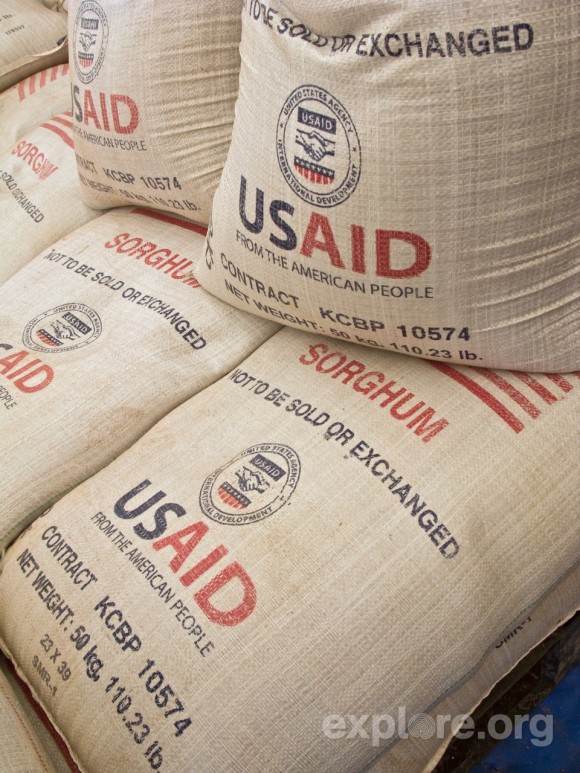Last updated on March 7, 2013

A few weeks ago in my food policy seminar, we discussed food aid. Paarlberg (2011), whose discussion of food aid informs much of the first half of this post, defines food aid as the international shipment of food through noncommercial channels as a gift.
Though almost 60 percent of food aid is delivered by the United Nations’ World Food Programme, the US remains a major provider of food aid. The delivery of food aid by the US is not without its fair share of problems. Among the most decried features of the US food aid program are that
- US food aid has to be purchased in the United States, and
- US food aid has to be shipped on US-flagged vessels.
As a consequence of those two rules, 65% of US spending on food aid is spent on administrative and transportation costs.
Local and Regional Procurement
In the second half of his presidency, George W. Bush tried to allocate a small percentage of the food aid budget to local procurement, i.e., to purchases of food aid in or around the countries where people need it, but Congress refused. The good news, however, is that things are changing, and that local and regional procurement (LRP) is on the rise.
And it looks like LRP of food aid is a much better proposition than purchasing food aid in the US. In a pair of forthcoming papers in World Development, Cornell researchers find that (i) LRP improves response time during emergencies, and (ii) food aid recipients seem to prefer food aid rations that are locally procured.
In the first paper, Erin Lentz and her coauthors find that
Procuring food locally or distributing cash or vouchers results in a time savings of nearly 14 weeks, a 62 percent gain. Cost-effectiveness varies significantly by commodity type. Procuring grains locally saved over 50 percent, on average, while local procurement of processed commodities was not always cost-effective.
In the second paper, William Violette and his coauthors find that
[R]ecipients of locally procured rations are generally more satisfied with the commodities they receive than are recipients of US-sourced foods. This pattern is especially pronounced among less-well-off recipients.
In other words: LRP means food aid that is generally cheaper and quicker to get to target populations, and those target recipients like the food aid rations they receive under LRP more than food aid rations purchased in the US.
There are good political economy reasons why the US food aid program is the way it is and has only been changing at an excruciatingly slow pace. In case you are interested in this topic, the definitive work is the book Food Aid After Fifty Years, by Chris Barrett (who is a coauthor on the two papers above) and Dan Maxwell.
Update: Here is the introductory essay for that special issue of World Development, by Lentz et al.